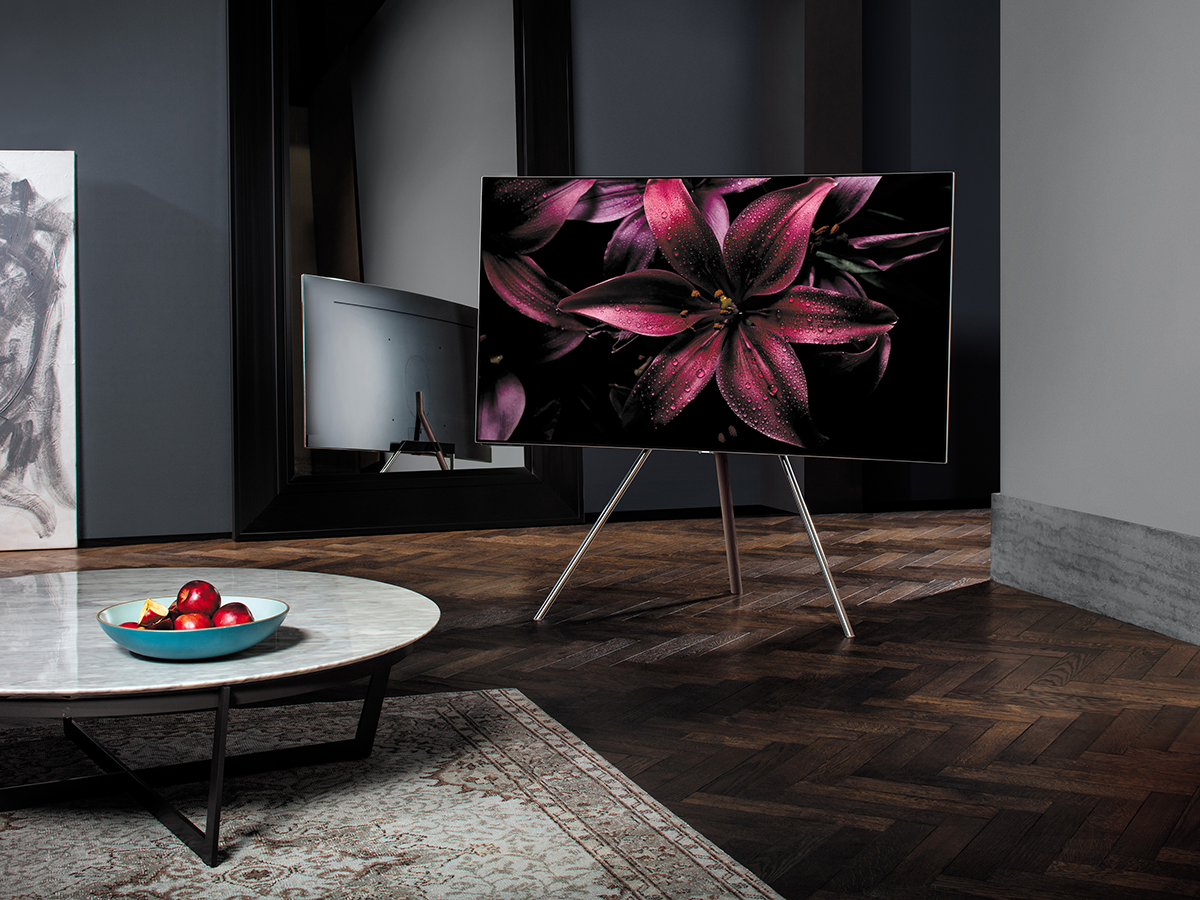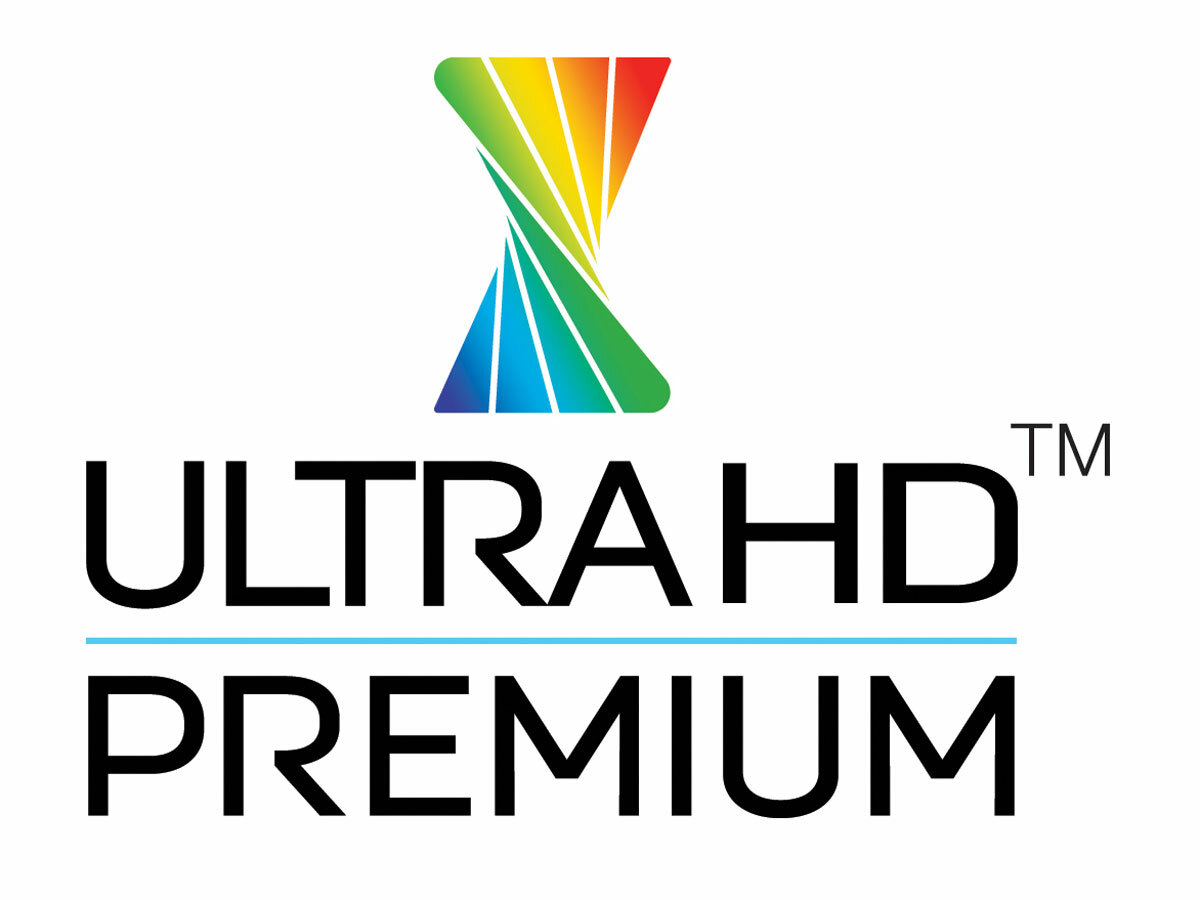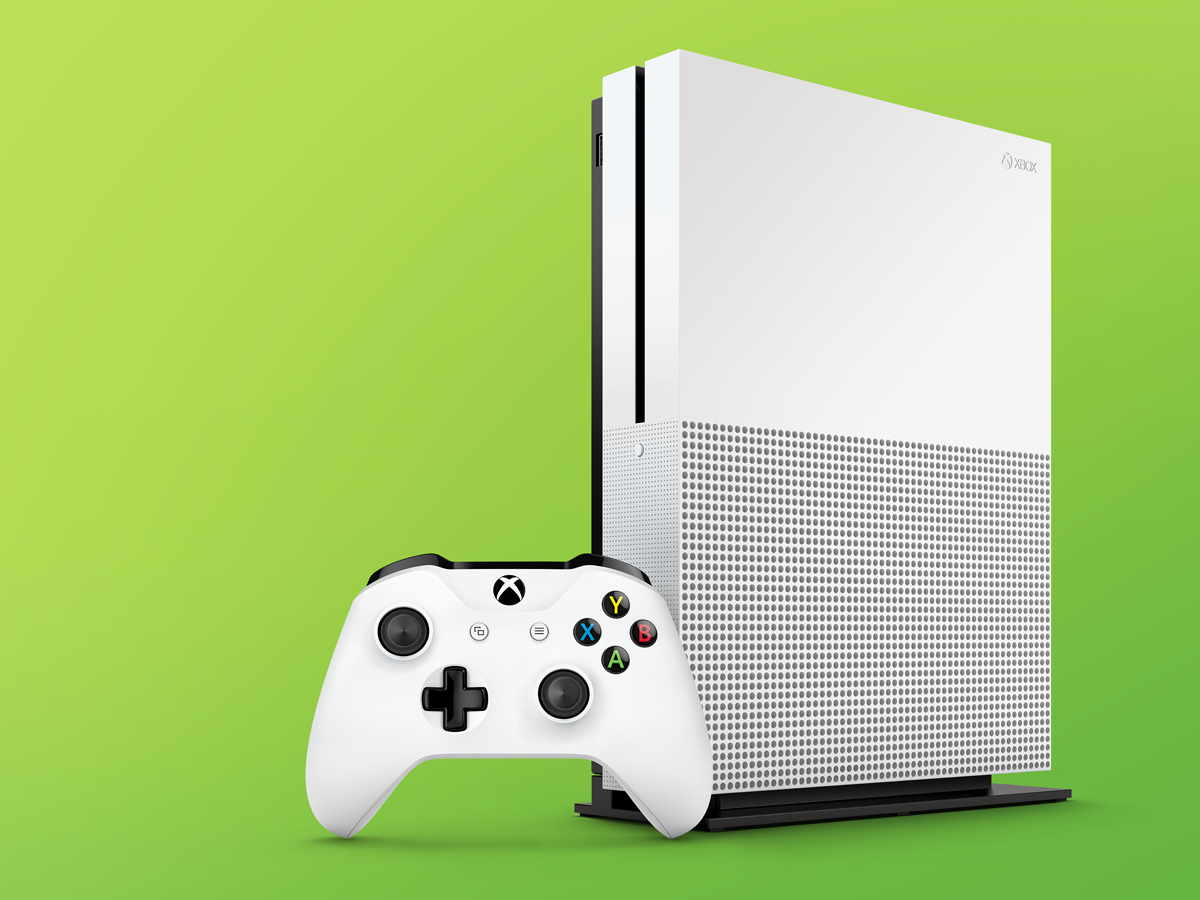What is HDR? High dynamic range TV and video explained
Go beyond 4K with high-dynamic range - the brightness-boosting tech that makes your telly better

As was the case with variable refresh rates, 4K and high-def before it, HDR is a bit of TV technology designed to make you want to spend hundreds of pounds on a new telly. And the best part is that it’s genuinely amazing – and you don’t even have to don a ridiculous pair of glasses to see it.
From the PlayStation 5 to the phone in your pocket, there are loads of platforms that support HDR and more are constantly on the way. Supermarket specials aside, pretty much every new 4K TV features some kind of HDR smarts, and the tech is gradually making its way into computer monitors, laptops and everything in between.
Here’s our guide to what HDR is and why you should be on the lookout for compatible content.
- Also check out our guide to the best home theatre kit
What does HDR stand for?


As keen photographers amongst you will know, HDR is short for High Dynamic Range. Essentially, it refers to an image that displays far greater contrast – so dark areas of the picture look darker while, at the same time, bright areas look brighter.
An image’s dynamic range is the contrast between its brightest whites and darkest blacks, and HDR images boast much greater contrast than regular images.
Increasing contrast actually also has huge knock-on effects to other areas of a picture. It enhances the detail you can see in darker areas, for example. The sample pictures above, provided by Sony, illustrate the difference between standard and high dynamic range pictures.
And now HDR isn’t confined to still images: it’s on pretty much every screen going.
What’s so great about HDR?
With the extra luminance, images become vastly more true to life. Dark scenes become less of a gloom-fest – you’ll be able to pick out far more in the shadows – while the added vigour of bright areas helps them to leap out of the screen.
Colours also become more realistic – way, way more punchier when they need to be, but also more subtle and expressive, with more delicate blends and shifts in tone.
As mentioned above, you get more insight into dark areas, and the enhanced contrast also serves to highlight textures and objects right across the image, which can have a pretty transformative effect on perceived detail and sharpness.
Basically, it makes things look more realistic, more dramatic and more nuanced.
But what about 4K? Doesn’t that add more detail too?

Yes, but it’s a different kind of detail. HDR isn’t about increasing the number of pixels, but about making every pixel that’s already there better. And this means that, while 4K generally requires a larger screen size to prove effective, HDR’s advantages are plainly visible on a screen of any size.
4K is now commonplace across the entire TV price spectrum, but there are some affordable models that forego HDR support, as the tech depends on the display panel being able to reach a certain brightness. If you’re spending more than £400 on a telly, you can pretty much expect to get both technologies.
Even in the early days of HDR, some TV and filmmakers were convinced it could be a bigger deal than 4K. Howard Lukk, VP of production technology for Walt Disney Studios, told Variety: “There’s a feeling in Hollywood, and even at the Walt Disney Studios, in order to change over the complete marketplace to a new format, we really need more than just pixels. Adding more dynamic range and more contrast really makes a big difference”. Smart man, that Howard.
Are there any bad sides to HDR?
Well, HDR video requires more data than standard dynamic range video, and as we stream more and more that can have an impact on broadband charges. It could even be simply unavailable to those people without fast enough download speeds, although Netflix and the like are already doing an excellent job of optimising streams to make them as bandwidth-light as possible.
And anyone who has spent time browsing HDR photos on Flickr will know that the effect can often be overused, creating an image that trades subtlety for tasteless impact (there’s even an entire subreddit dedicated to these eye-polluting abominations). There was a danger that this lack of restraint could also afflict HDR video – but given that mastering is largerly in the hands of highly experienced professionals, that hasn’t proven to be the case.
The only other thing to bear in mind is that just because two TVs both support HDR doesn’t mean they both have the same contrast levels or dynamic range, as the HDR standards set out minimum requirements that manufacturers can exceed for even better results.
Did you notice that we said “HDR standards” rather than “HDR standard”? Yep, there’s more than one in play here…
Multiple HDR standards? Is this where Dolby Vision comes in?

Don’t worry; this honestly isn’t as confusing or annoying as it might initially seem.
By far the most common HDR standard out there right now is called HDR10 – it’s what the PS4, PS4 Pro and Xbox One S support, and its built into the TVs from all of the major manufacturers. In fact, it forms part of the Ultra HD Premium spec, so if you buy a TV or other device with the logo above printed on the box, it supports HDR10. HDR10+ is the latest update to the standard, and is a massive step-up from plain old SDR.
It’s not actually the ultimate HDR format, though. For that you need to look towards Dolby Vision, which requires even brighter outputs and wider colour gamuts than HDR10. It also requires a patented Dolby chip and a small licensing fee so is currently far less common.
If you do buy a Dolby Vision TV it will almost certainly support HDR10 as well, so it’s worth considering for future proofing reasons – and Netflix and Amazon both stream in Dolby Vision (as well as HDR10) already.
What about other HDR formats? Well, Hybrid-Log Gamma is a standard HDR format developed by the BBC and Japan’s NHK for broadcasting live TV. And Advanced HDR is a similar deal with a focus on upscaling SDR content into HDR.
In short, you don’t really need to worry about those last two formats. Just focus on HDR10+ and Dolby Vision, the first of which is fairly ubiquitous, and the latter offering a slight step-up but has more limited support.
How do I watch HDR?

You’ll need a compatible display to watch HDR content. If you bought a new TV in the last five years, and paid over £400 for it, there’s a high probability you’re good to go. In fact, every model in our current Best TVs list supports at least one HDR format. These also have built-in streaming services, so you don’t need to worry about adding a streaming box or games console.
Projectors can also manage HDR, although as with SDR models, they carry a price premium over the equivalent high-end TV. But them’s the breaks if you want a 120in image instead of a 55in one. Built-in smart TV services are less common here, so you’ll also want a streaming media box like an Apple TV, Roku or Amazon Fire Stick, if you aren’t going to be connecting a console or Blu-Ray player.
Many computer monitors support HDR now, although they tend not to reach the eye-searing brightness of big-screen TVs – unless you’re spending serious money on one, anyway. You’ll also need a compatible graphics card, but seeing how even integrated GPUs support HDR these days, anything bought in the last eight years should play nicely with the format.
Finally, there are plenty of smartphones and tablets that support HDR. The high brightness OLED panels you’ll find on many flagship devices really can do justice to films and TV shows aimed at the big screen.
What can I watch in HDR?

In short: loads of stuff. Loads of Netflix, Disney+, Apple TV+ and Prime Video shows can be streamed in HDR10+ or Dolby Vision. Almost all original content is filmed in HDR now, including Stranger Things, Reacher, The Mandalorian and Severance, and the majority of new films added to each service also support the format. Things are more hit-and-miss for older titles, but some are being remastered. YouTube also supports HDR as well, but it’s slim pickings outside of film trailers.
4K Blu-rays are still the primo way to watch films if you demand the best picture quality, as you don’t have compression and internet bandwidth to worry about. Both the Xbox Series X and PlayStation 5 will play these discs, or you can stump up for a dedicated player.
Gaming is the third way to experience HDR content. Forza Horizon 5 and The Last of Us Part II look absolutely stunning on the current-generation consoles, and anyone sticking with an Xbox One S or PlayStation 4 can get in on the action as well. Any game patched for the format – Uncharted 4 and The Last of Us Remastered are our favourite picks so far – will show off an added visual gloss.



